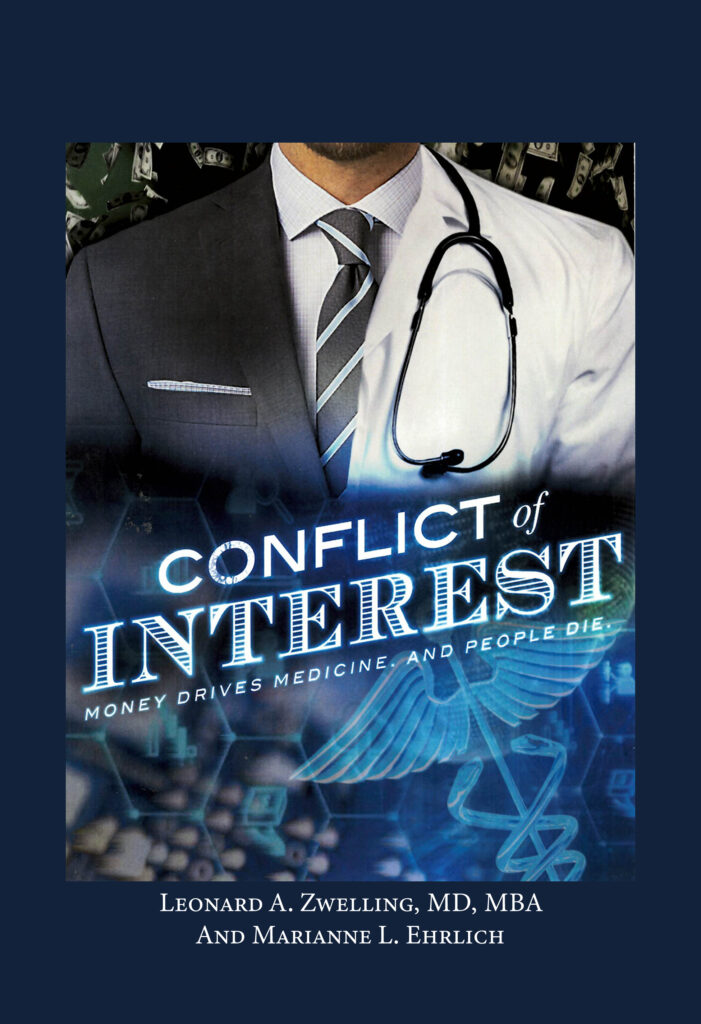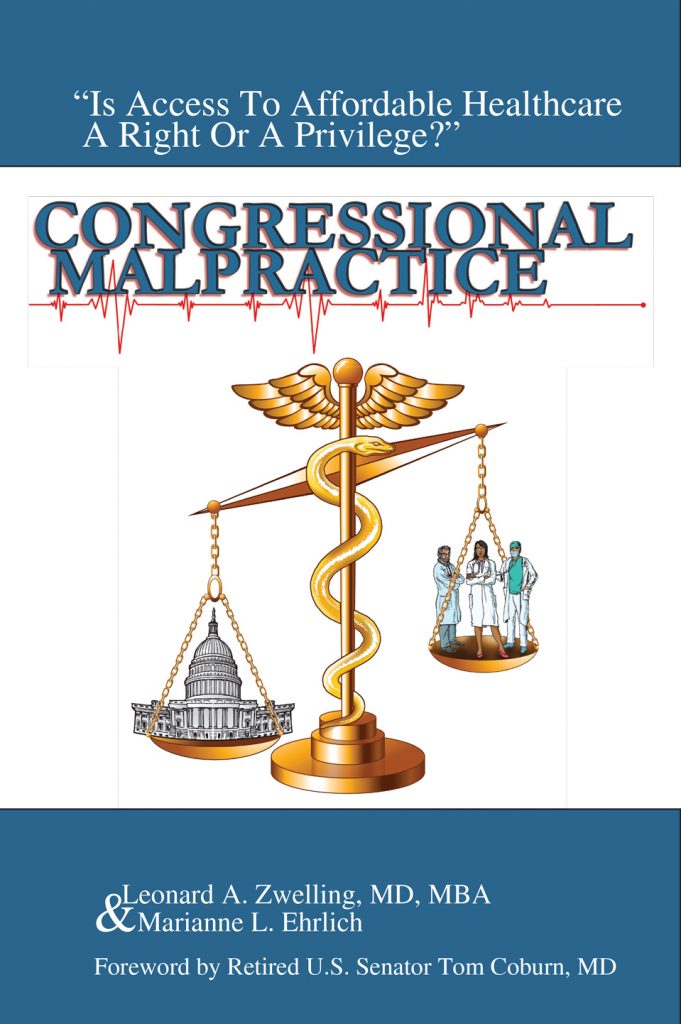The Gonzalez-Angulo Trial:
Is This “The Big One” on the “San Anderson” Fault?
By
Leonard Zwelling
Ask any Californian about “The Big One.” They will tell you
that it is the earthquake that will create beach front property in Las Vegas as
The Golden State slips into the sea. Over recent years, there have been a
number of large quakes in both the LA and San Francisco areas that have caused
major devastation, but so far, the big one has not occurred and those in Malibu
still have their view of water to the west only.
In the past 13 years, since the Enron and ImClone stories
broke over the red marble of MD Anderson like the rotten eggs they were, UT’s
Cancer Center has been the source of a bunch of earth shattering news stories. They
have become frequent enough that one has to wonder whether or not there is a
“San Anderson” fault line down Holcombe to match the San Andreas Fault in
California.
Most
of these seismic stories have involved either doctors getting involved with
business types (many of whom wind up in orange jump suits), always a bad mix,
or faculty bending the human subject protection rules and being incensed that
they were being held accountable for not following federal regulations
regarding the performance of clinical research. Oh sure, there were the fair
share of human frailties displayed by members of the MD Anderson community, but
at least no one had tried to physically harm anyone since Dr. Fred Conrad was
shot at his desk one morning in 1982. That case has never been solved.
While
the occasional news quake continued to occur, especially since the arrival of
Dr. DePinho who seems to be trying to create a tsunami all his own, things had
been somewhat quiet outside the Executive Suite until this trial. The trial is billed at the super market checkout line as a “love triangle” or “Fatal Attraction” scenario. Whether it is or isn’t, this trial could have an important unintended consequence.
The poisoning of Dr. George Blumenschein via his ingestion
of ethylene glycol may change the Anderson trend of the past 13 years. This was a crime of intent as he did
not accidentally ingest it nor did he try to commit suicide. He was playing a
dangerous game of having a live-in girlfriend with whom he was planning to
start a family while still having at least one affair with a faculty colleague,
the defendant. The rumors are that he has had other partners over the years.
This is no crime, but it can be considered risky behavior if one of the women
feels scorned.
Thus, once it was realized in late January of 2013 that Dr.
Blumenschein’s acute renal failure that landed him in the MD Anderson ICU was
due to the ingestion of the key ingredient in antifreeze, the wheels of justice
began to grind as I have outlined in my previous posts. By late May, Dr. Ana
Maria Gonzalez-Angulo was arrested and charged with the poisoning of her lover,
research colleague and friend.
The trial in Judge Katherine Cabaniss’ 248th District
Criminal Court began last week and today at 11 AM the prosecution rested. The
Defense put on no defense at all. The judge read the charges and the closings
began. The defense did as much as it could with what it had to create reasonable doubt as they are supposed to do.
The Prosecution was nothing short of brilliant in
summarizing the trial and the evidence with PowerPoint slides, video and audio
recordings.
The case is indeed circumstantial. There is no smoking gun,
antifreeze-laden coffee or confession note. But the ADA had saved the best for
last. I have elected to leave out the names of the witnesses. Many are my
former colleagues and don’t think they would appreciate me naming them. But the last two prosecution witnesses
provided very powerful evidence of two facts:
No one had greater motive, opportunity or means to poison
the victim than the defendant and everyone connected with these people at MD
Anderson knew as much, but were very reluctant to help the police or the
prosecution even after the near fatal event and the launch of the investigation.
The final witness was a distinguished mid-career faculty
member who was a close friend of the defendant. The witness knew the defendant
was under unusual stress and the defendant actually told the witness less than
24 hours after Dr. Blumenschein’s hospitalization what the offending chemical
was and that she had it in her lab and that she might be a focus of attention. The witness also admitted to never having
gone to the police or the prosecution once a trial was inevitable and the ADA
had to find this witness 4 days before the trial started. Why?
Because
the witness didn’t think the information she had was germane. That’s frankly
crap. And that’s frankly the key issue in this case.
As far as I am concerned, this witness made my case that
this trial and everything about it is a symptom, not a disease. Just as a brain
metastasis is a serious complication of the lung cancer the victim in this case
treats or the breast cancer the defendant treats, it is not the primary. Removing the distal spread of
disease does not cure the patient of cancer.
I understand that everyone who knew the principals expected
someone else to do something about this inevitable demolition derby of a
relationship triangle. I understand that no one wants to get involved with
police business or criminal activity. But c’mon people, someone almost died and
everyone around the principals did nothing except for two I know who tried, but
failed when they were not met with any assistance from those above them in
positions to intercede. In short, where were the adults?
At some point, this is everyone’s business. In the age of
terrorism, surely we can agree that the saying used in the New York City Subway
applies to our lives.
“If
you see something, say something.” If just today’s last witness or a previous
one had not talked themselves out of reaching out for help, perhaps none of
this would have occurred for many people were in crisis and not getting any
help.
Of course, in a place like MD Anderson where asking for
help, or an unwillingness to work 20 hours a day, or failing to see 30 patients
a day while maintaining a world-class research program is considered a sign of
weakness and grounds for non-renewal of tenure, what would you expect?
After this is all over, what I want to know is whether or
not the folks in charge in Austin will act like adults, hold those who did not
act or worse acted selfishly, to account, fire the entire administration and
clean MD Anderson up—before “The Big One” hits.




